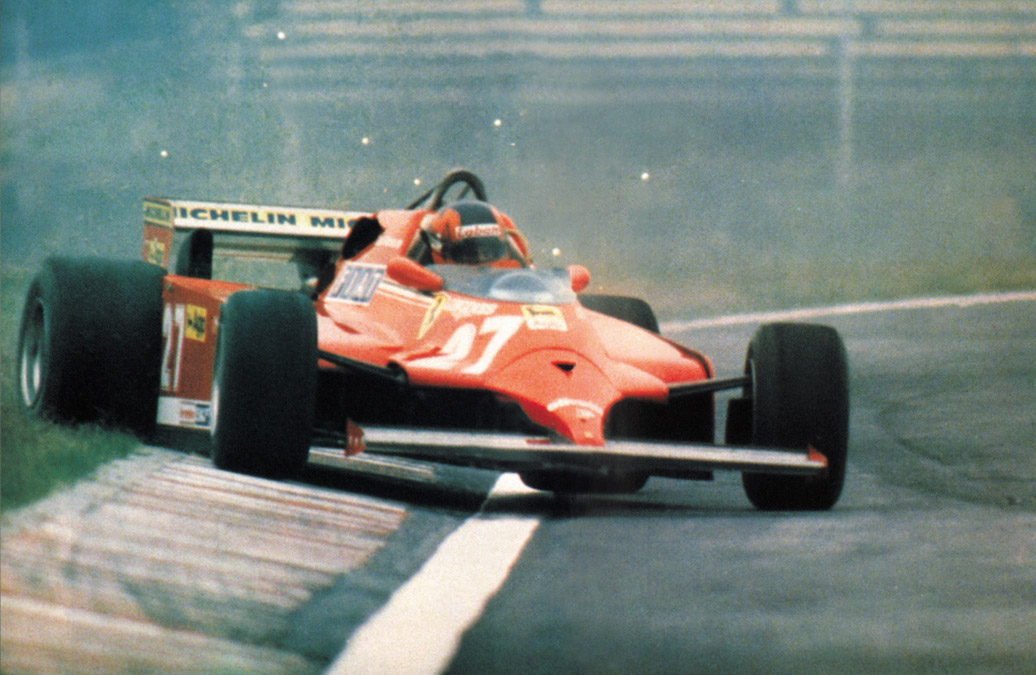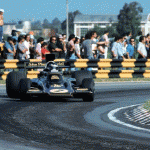Dealing with dirt is very different than pavement. The traction is a lot less, and the tires do not break away in the same manner as pavement. On pavement, as the car turns, the tires are achieving a greater and greater slip angle. On road race slicks, once you pass a certain slip angle, traction drops off very rapidly. On a passenger car tire, the traction drops off much more gradual, so that the average driver can usually detect it and correct it before the car swaps ends. But on the dirt, the breakaway point for slip angles is waaay out there, you have to be very sideways to find where the tires let go. So the basic nature of dirt allows you to put the car sideways in a manner that is almost impossible on pavement.
On dirt, you have to find traction, or manufacture it. Because you can achieve great slip angles in the dirt, racers have found that one fast way around the track is to use the driving wheels like vectors. You want to go fast and corner? Going fast means you want your force vector to point straight backwards. Going around a corner means you want your force vector pointing straight to the side. Do what comes hard on pavement but easy on the dirt is to combine both force vectors and the resultant force vector is pointing at a 45 degree angle to the rear and side. Like this.

The front tires aren't doing much, but in this left-hand corner if you examine the rear wheels you can see that they are pushing (the force vector) not only backwards but sideways. If you put that same car on ice and imagined that the fronts could maintain traction, the same action would be happening ........regardless of the level of traction.
Racing should be decided on the track, not the court room.




